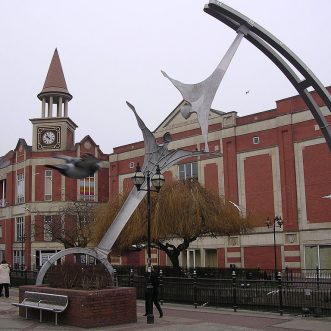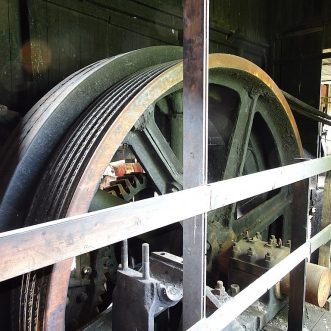
Mechanical ecosystems
Let’s look at the human body. Simpler, less tightly-coupled joints are held in place by muscle and cartilage, combining rigidity and strength with flexibility and adaptability. Although there is a ‘standard’ bone shape, tolerances are high, accommodating a wide range of variation in components – both across a population and within a single individual. Growth is allowed for.
At the same time, possibilities are constrained by the surrounding muscles. If there is too much play in a joint, strengthening muscles will help. If there is too little play, stretching and loosening them will allow more movement. Remediation is possible without taking anything apart, or even stopping – all that’s needed to keep things in good order is a healthy variety of movement.
Perhaps this is the sweet spot between machine and ecosystem we should aim for in a business?








